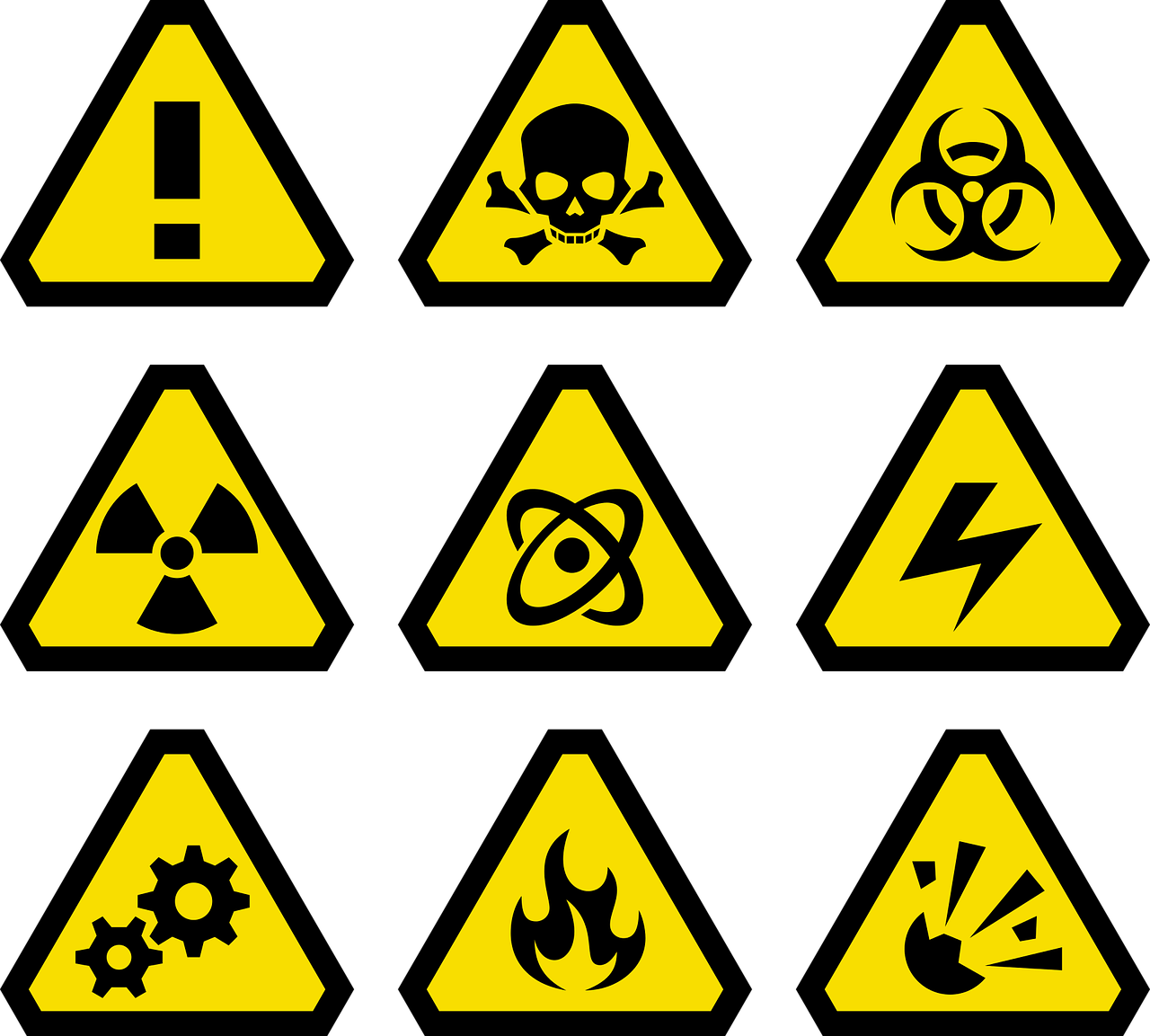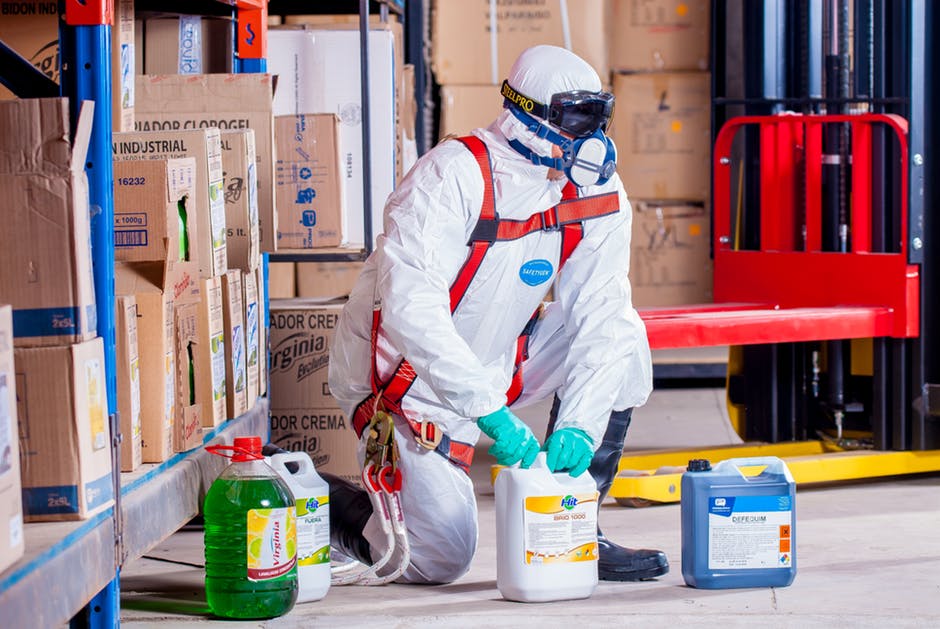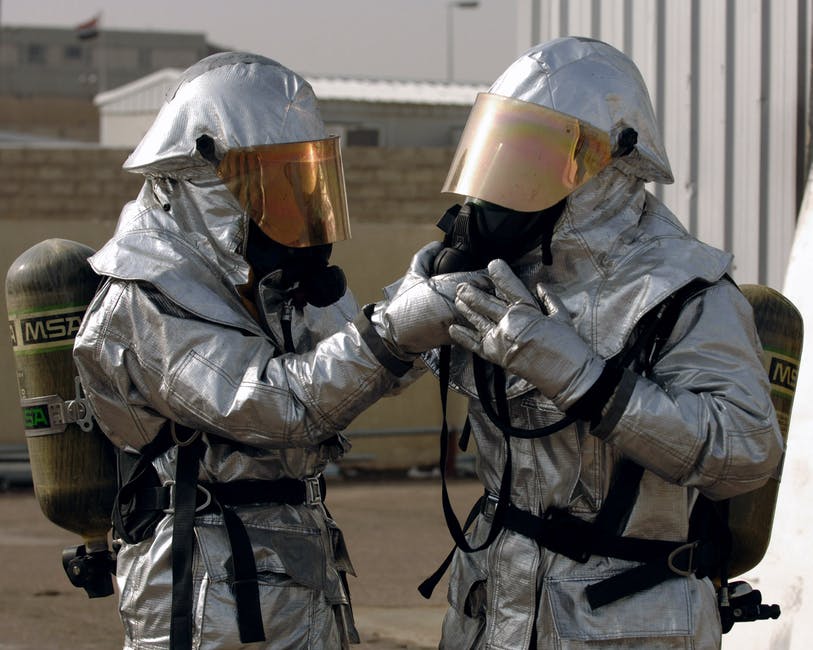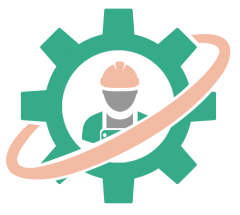Employers should identify the hazards that exist within their organization. The identification of hazards is the first step in determining the hierarchy of controls and measure the effectiveness of the strategy and the implementation of every effort.

Table of Contents
Elimination
Elimination is the first in the hierarchy of controls because it provides long term result; however, it’s one of the hardest to implement. In companies, we have built-in procedures, materials we need to interact with, and operational duties to do. The elimination process will certainly affect one of those aspects. Elimination is complicated even for businesses like Amsterdam city tour bike rental. Imagine the complexity big corporations have to consider to eliminate the hazards. But despite the difficulty, the organization must find a way to eliminate the hazard without affecting the operation of their business.
Substitution
 If by any chance that the hazard cannot be eliminated, the substitution would be ideal. It means to replace the hazard. For example, a chemical company uses formaldehyde as a form of preservative. Substituting formaldehyde with a different chemical being sold wholesale with special discounts which produce lesser fumes is a form of substitution.
If by any chance that the hazard cannot be eliminated, the substitution would be ideal. It means to replace the hazard. For example, a chemical company uses formaldehyde as a form of preservative. Substituting formaldehyde with a different chemical being sold wholesale with special discounts which produce lesser fumes is a form of substitution.
Engineering Controls
Engineering control means isolating the people from the hazard. It could also mean to lessen the people who are exposed to the hazard. Employees who are exposed to the hazard undergo strict training and usually get a higher pay due to the risk involved with the job.
Administrative Controls
Administrative control is about changing the procedures to lessen the risk of hazard. One example of administrative control is the “buddy system”. All employees will have a buddy. The buddy system is designed to watch each other back while on the job. Aside from the procedures, administrative controls could be the installation of an alarm system with voucher codes for mobile app. It could also be limiting the time of worker’s exposure to the hazard.

Personal Protective Equipment (PPE)
This is the last in the hierarchy because it is not really a solution but rather a band-aid solution. Personal protective equipment may lessen the impact of the hazard but it does not prevent it from happening. Needless to say, it’s an added assurance for employees to protect themselves in case of a hazardous event.
Related Post:
